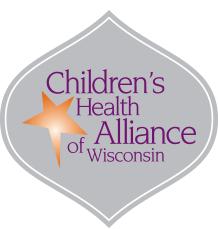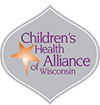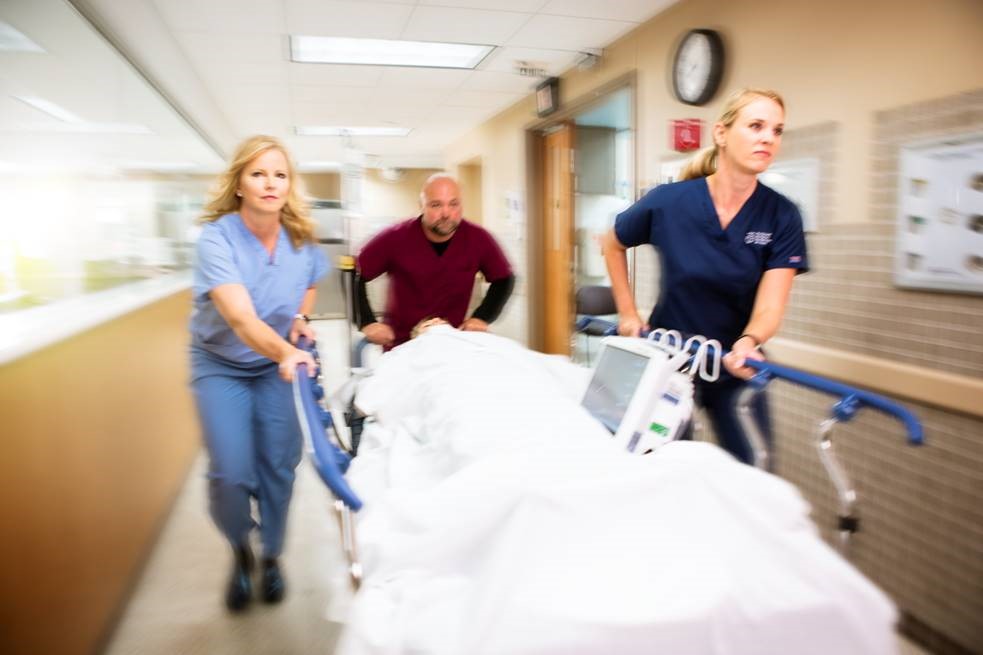Kids are not just small adults and they require different care tactics, measuring techniques and equipment. During times of pediatric surges such as Respiratory Syncytial Virus (RSV) and influenza, emergency departments (EDs) can be overwhelmed with pediatric patients. Wisconsin EDs are taking extra steps to ensure they are pediatric ready at all times.
HSHS St. Vincent Hospital and 11 other EDs were part of an initial group participating in the Wisconsin Pediatric Readiness Program for Community Emergency Departments (Pediatric Readiness Program), led by Wisconsin Emergency Medical Services for Children (WI EMSC). This program improves access to quality, evidence-based pediatric emergency care, regardless of geographic location. With nearly half of Wisconsin’s children living more than an hour away from specialized pediatric EDs, ensuring all EDs statewide are able to provide children with the best care possible is critical.
“Our trauma and ED team joined the Pediatric Readiness Program because of our commitment to children,” says Cassandra Loose, nursing manager at HSHS St. Vincent Hospital. “We want to ensure we provide the best possible care to all pediatric patients who seek care at our ministry.”
Hospitals elect to join the program and self-select aspects of pediatric care to address, such as administration and staff, quality improvement, patient safety, protocols, equipment and medications. Participating sites receive technical assistance from WI EMSC.
HSHS St. Vincent Hospital’s team implemented a variety of changes, including most notably the designation of physician and nurse pediatric emergency care coordinators (PECCs). PECCs help advocate for children through a variety of ways, such as by stocking pediatric-sized equipment, ensuring staff are familiar with pediatric policies and protocols and ensuring pediatric patients are included in scenario-based trainings.
Led by their PECCs, HSHS St. Vincent Hospital made other updates, such as enhancing their pediatric quality improvement program, transitioning to only weighing and recording children’s weights in kilograms, making medication dosing easier and ensuring that many of the facility’s protocols include a section specifically related to pediatric care.
“Our commitment to learning and adopting best practices – which are always evolving – for our patients is a never-ending journey,” notes Loose. “This program has helped us to expand our knowledge and implement new practices. For example, it inspired us to integrate pediatric components into our new staff orientation in partnership with the HSHS St. Vincent Children’s Hospital team.”
The importance of interdepartmental support
Another key reason for HSHS St. Vincent Hospital’s program success is that leadership and other physicians who help provide care to critically ill patients were supportive of the hospital’s participation. “Our hospital’s intensivists were very involved and helped demonstrate the need for the pediatric interventions we made,” affirms Loose. “Bedside staff and leader collaboration is essential for the success of any process improvement. The pediatric intensive care unit (PICU) team was very helpful in providing ongoing education and following up regarding ED patients who were admitted to the PICU so that ED staff could hear about the successes and know they played a key role. These methods helped obtain staff buy-in to our changes and would be a useful model for other hospitals to follow when altering pediatric care processes.”
Loose also emphasizes that there was a feeling of energy within the ED around the pediatric readiness improvements, which has moved beyond the specific changes made. “We recently held a staff education session around seizure management that generated good discussion around pediatric care,” she says. “Additionally, our child life specialists have a large presence in our ED, which keeps children and their families comfortable and engaged in their care. The improvements we made over the last few months directly impact these specialists and make their jobs easier.”
While HSHS St. Vincent Hospital has completed their Pediatric Readiness Program participation, this does not mean their efforts to continue to enhance their pediatric care offerings are finished. “We have a plan to continue to educate our colleagues about new and best practices in pediatric care in the ED going forward,” states Loose. “This program has impacted the care we give to all children and will continue to be a priority at HSHS St. Vincent Hospital.”
Learn more about the work WI EMSC is doing to increase pediatric readiness in Wisconsin and obtain resources for your ED.
This program is funded wholly by the Advancing a Healthier Wisconsin Endowment (AHW). AHW is a statewide health improvement philanthropy propelling promising work and ideas in health research, health care education, and community health initiatives to improve health and advance health equity in Wisconsin today, and for generations to come. Established by the Medical College of Wisconsin to steward a generous gift from Blue Cross & Blue Shield United of Wisconsin, AHW has invested more than $275 million in nearly 475 projects since 2004.


